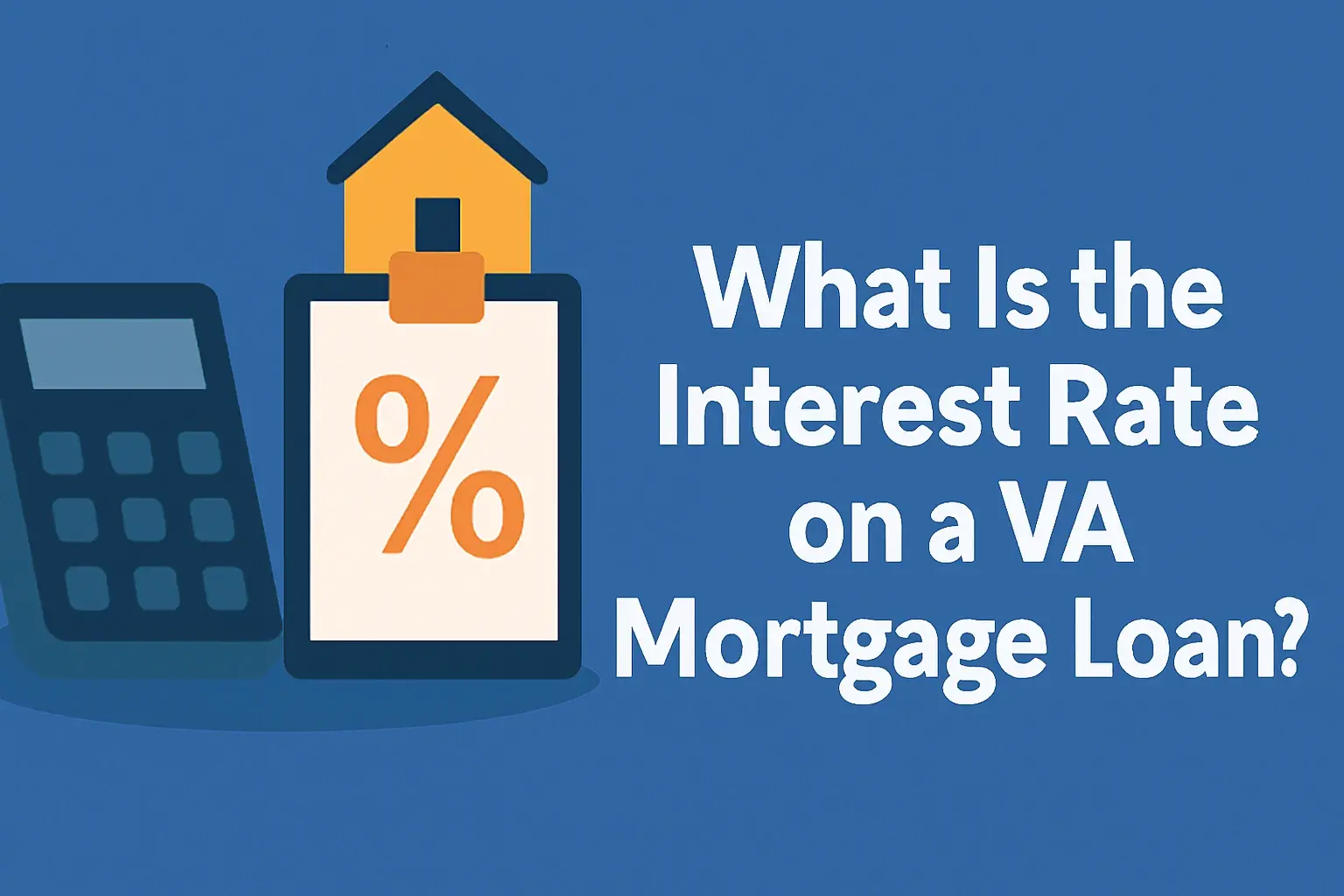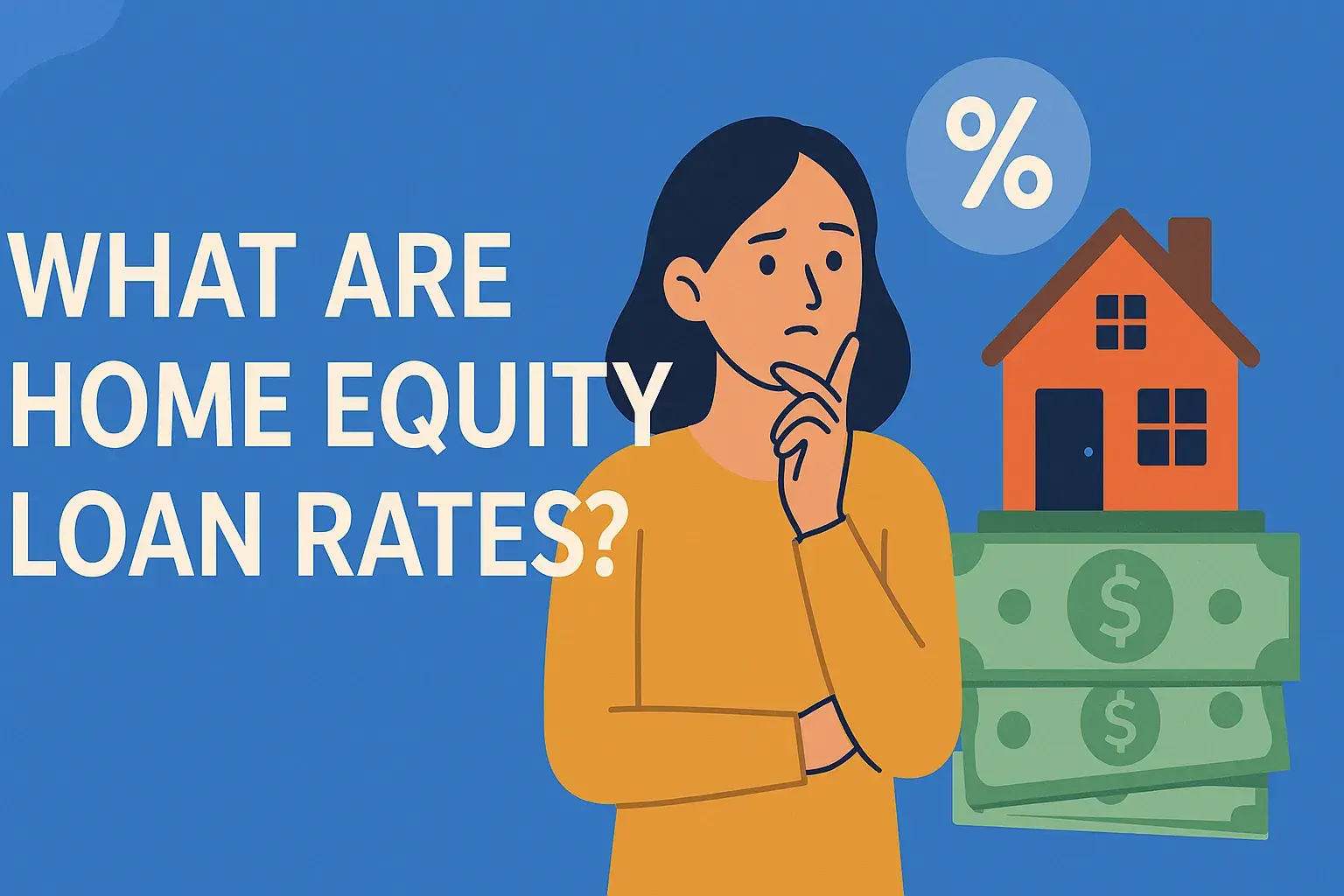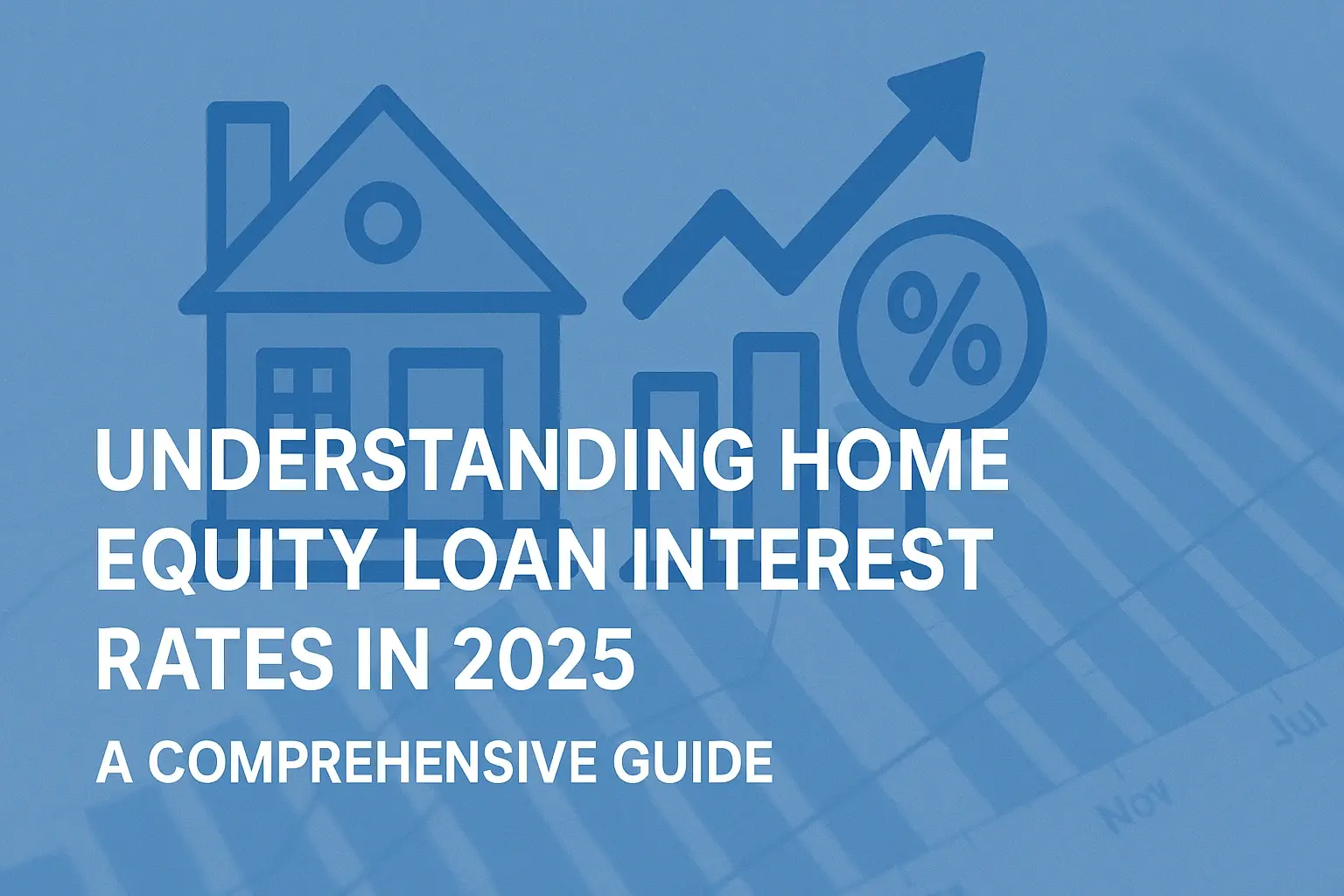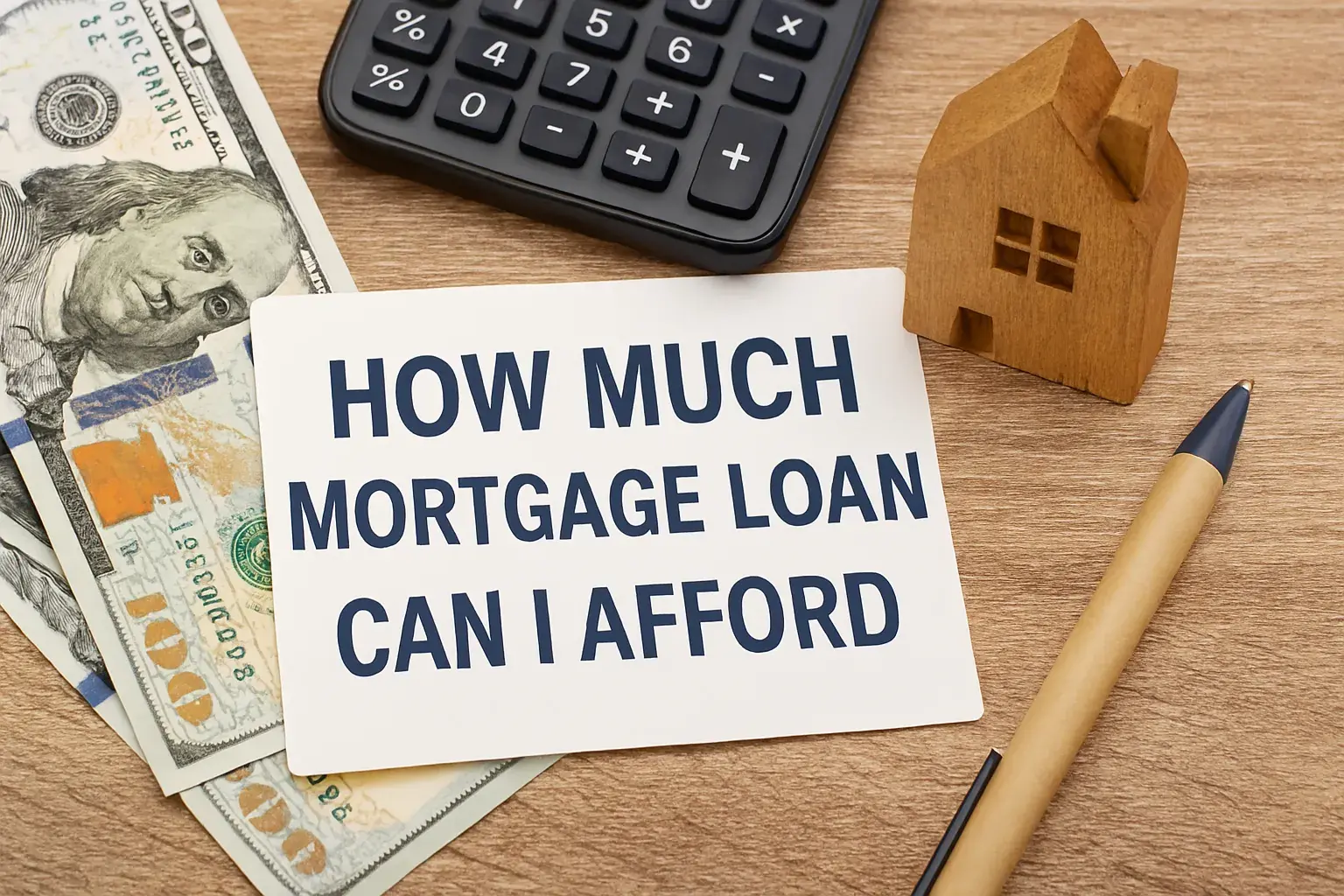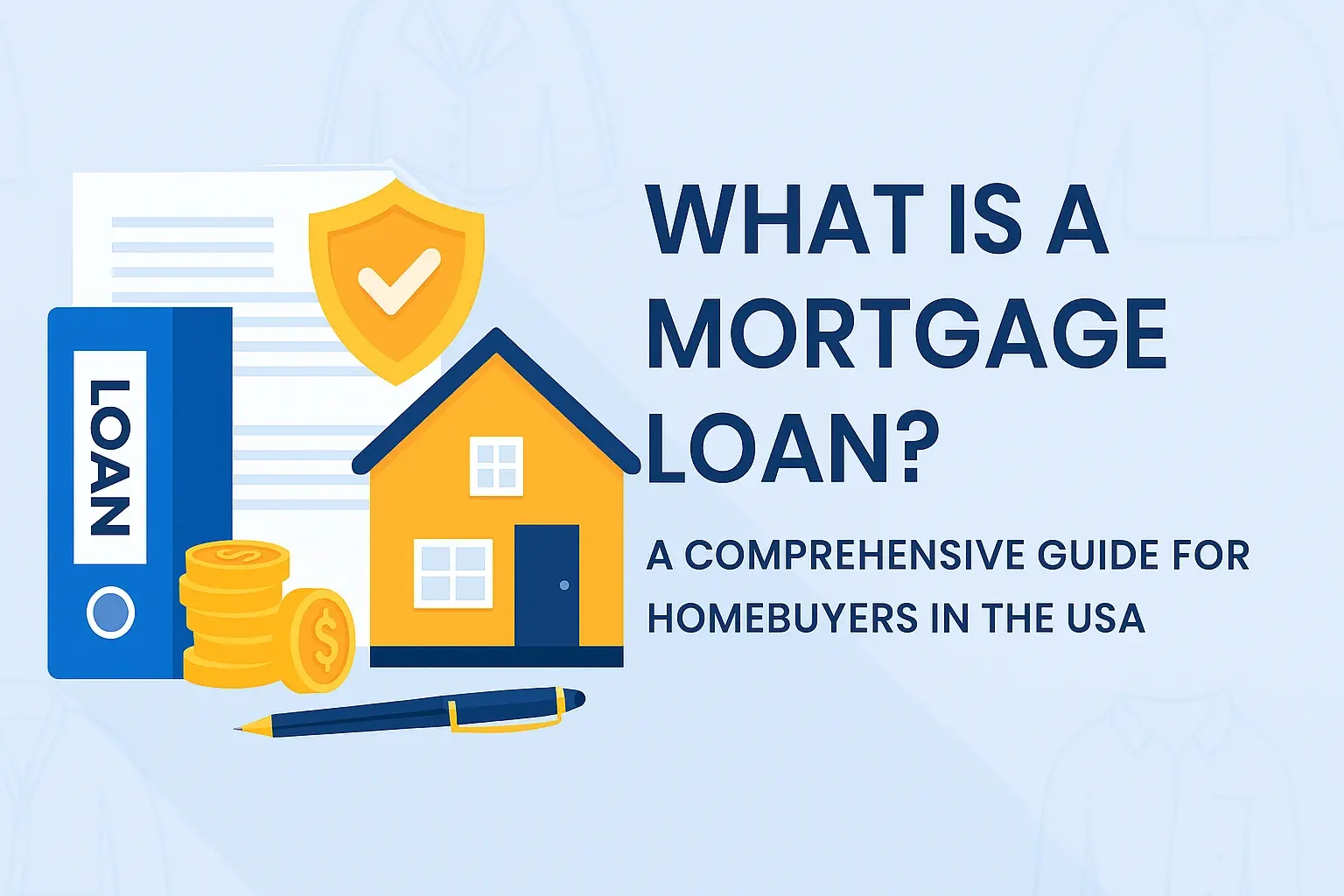-
Posted on: 23 Aug 2024
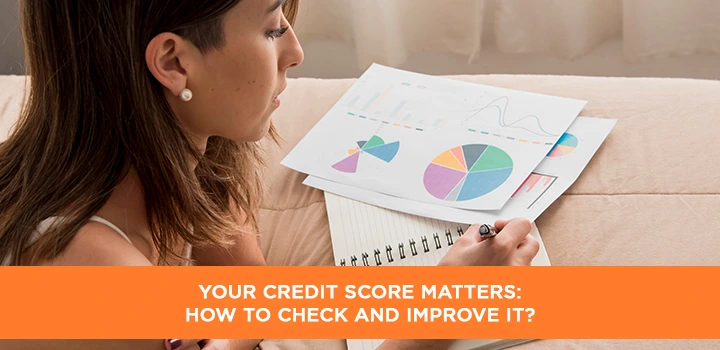
-
The VA home loan program is a fantastic benefit offered to eligible veterans, active-duty service members, and surviving spouses. It allows them to purchase, build, repair, or refinance a home with favorable terms, often without a down payment or private mortgage insurance (PMI). Navigating the application process can seem daunting, but this comprehensive guide will walk you through each step, ensuring you’re well-prepared to secure your dream home.
Understanding the VA Home Loan Benefit
Before diving into the application process, it’s crucial to understand the key features and benefits of a VA loan:
- No Down Payment: In most cases, a VA loan doesn’t require a down payment, making homeownership more accessible.
- No Private Mortgage Insurance (PMI): Unlike conventional loans, VA loans don’t require PMI, saving you money each month.
- Competitive Interest Rates: VA loans typically offer lower interest rates compared to other loan types.
- Flexible Credit Requirements: VA loan guidelines are often more lenient regarding credit scores than conventional loans.
- Limited Closing Costs: The VA limits the amount lenders can charge for closing costs.
- Assumability: In some cases, a VA loan can be assumed by another qualified borrower, making your home more attractive to potential buyers if you decide to sell.
Step 1: Determining Your Eligibility
The first step is to determine if you meet the VA's eligibility requirements. These requirements are based on your military service history. Generally, you are eligible if you meet one of the following conditions:
- Served 90 days or more of active duty during wartime.
- Served 181 days or more of active duty during peacetime.
- Served more than six years in the National Guard or Reserves.
- Are the surviving spouse of a veteran who died in the line of duty or as a result of a service-related disability.
Getting Your Certificate of Eligibility (COE)
The Certificate of Eligibility (COE) is a crucial document that verifies your eligibility for a VA loan. You'll need this to show to your lender. There are several ways to obtain your COE:
- Online through the VA’s eBenefits Portal: This is the fastest and easiest method. You’ll need to create an account or log in if you already have one.
- Through Your Lender: Most VA lenders have access to the VA’s WebLGY system and can obtain your COE for you.
- By Mail: You can complete VA Form 26-1880, "Request for a Certificate of Eligibility," and mail it to the VA. This method takes the longest.
The COE will contain information about your service history and entitlement code, which the lender will use to determine the amount of your VA loan guarantee.
Step 2: Understanding Your VA Loan Entitlement
Your VA loan entitlement is the amount the VA guarantees to your lender if you default on your loan. This guarantee reduces the lender's risk, allowing them to offer more favorable terms. There are two types of entitlement:
- Basic Entitlement: This is the standard entitlement amount, currently $36,000. It allows veterans to borrow up to four times that amount without a down payment, up to the county loan limit.
- Bonus Entitlement (or Second-Tier Entitlement): This additional entitlement is available to veterans who want to borrow more than the basic entitlement amount, up to the conforming loan limit for their county. In 2024, the conforming loan limit for most areas is $766,550, but it can be higher in high-cost areas.
Using Your Entitlement More Than Once: You can reuse your VA loan entitlement if you sell your home and repay your previous VA loan. You can also restore your entitlement if you pay off the loan without selling the property, though the process can be more complex.
Step 3: Pre-Approval for a VA Home Loan
Getting pre-approved for a VA loan is highly recommended before you start shopping for a home. Pre-approval involves a lender reviewing your financial information (credit score, income, assets, and debts) to determine how much you can afford to borrow. This gives you a clear understanding of your budget and strengthens your position when making an offer on a property.
Gathering Necessary Documents for Pre-Approval
To get pre-approved, you’ll need to provide the lender with the following documents:
- Certificate of Eligibility (COE): As mentioned earlier, this document verifies your eligibility for a VA loan.
- Proof of Income: This includes recent pay stubs (typically the last two), W-2 forms (for the past two years), and any other sources of income, such as retirement income or disability benefits.
- Bank Statements: Provide bank statements for all your checking and savings accounts for the past two months.
- Credit Report: The lender will pull your credit report, but it’s a good idea to review your credit report yourself beforehand to identify any potential issues.
- Debt Information: Provide information about all your outstanding debts, including credit cards, student loans, and car loans.
- DD Form 214 (Certificate of Release or Discharge from Active Duty): Required for veterans who have been discharged from active duty.
Step 4: Finding a VA-Approved Lender
Not all lenders are created equal when it comes to VA loans. It's essential to find a lender with experience in VA lending and a strong understanding of the VA's guidelines. Look for lenders who:
- Specialize in VA loans: These lenders are more likely to offer competitive rates and fees.
- Have a good reputation: Check online reviews and ask for referrals from other veterans.
- Provide excellent customer service: Choose a lender who is responsive and helpful throughout the loan process.
Comparing Lenders: Get quotes from multiple lenders to compare interest rates, fees, and loan terms. Don't be afraid to negotiate to get the best deal.
Step 5: Finding a Home and Making an Offer
Once you're pre-approved, you can start shopping for a home. Work with a real estate agent who understands the VA loan process. They can help you find properties that meet the VA's appraisal requirements and negotiate the purchase agreement.
The Importance of the VA Appraisal
One of the unique aspects of a VA loan is the VA appraisal. A VA-approved appraiser will assess the property to ensure it meets the VA's Minimum Property Requirements (MPRs). These requirements are designed to ensure the property is safe, sanitary, and structurally sound.
What if the Property Doesn't Meet MPRs? If the appraiser identifies issues that need to be addressed, you'll need to negotiate with the seller to have them repaired. If the seller is unwilling to make the repairs, you may need to find another property.
Step 6: Loan Processing and Underwriting
After your offer is accepted, the lender will begin processing your loan. This involves verifying all the information you provided during the pre-approval process and ordering the VA appraisal. The underwriter will then review your loan application and documentation to determine if you meet the lender's credit and income requirements.
Common Issues During Underwriting
Here are some common issues that can arise during underwriting:
- Insufficient Income: The underwriter may determine that you don't have enough income to afford the mortgage payments.
- High Debt-to-Income Ratio (DTI): Your DTI is the percentage of your gross monthly income that goes towards debt payments. The VA typically prefers a DTI of 41% or less.
- Credit Issues: Problems with your credit report, such as late payments or collections, can delay or even prevent loan approval.
- Unexplained Deposits or Withdrawals: The underwriter may ask for explanations for any large or unusual deposits or withdrawals in your bank statements.
Step 7: Closing on Your VA Home Loan
Once your loan is approved, you'll schedule a closing date. At the closing, you'll sign all the necessary documents to finalize the loan and transfer ownership of the property. You'll also pay any remaining closing costs.
What to Expect at Closing
At the closing, you can expect to:
- Sign Loan Documents: You'll sign the mortgage note, the deed of trust (or mortgage), and other important documents.
- Pay Closing Costs: Closing costs typically include lender fees, title insurance, recording fees, and prepaid items such as property taxes and homeowners insurance.
- Receive the Keys: Once everything is signed and the funds are disbursed, you'll receive the keys to your new home!
Tips for a Smooth VA Loan Application Process
- Start Early: Begin the application process well in advance of your desired closing date.
- Be Organized: Gather all the necessary documents and keep them organized.
- Communicate with Your Lender: Stay in regular communication with your lender and respond promptly to any requests for information.
- Address Credit Issues: If you have any credit issues, take steps to address them before applying for a loan.
- Understand the VA Appraisal Process: Be prepared for the VA appraisal and understand the VA's Minimum Property Requirements.
- Shop Around for the Best Rates: Compare rates and fees from multiple lenders to find the best deal.




